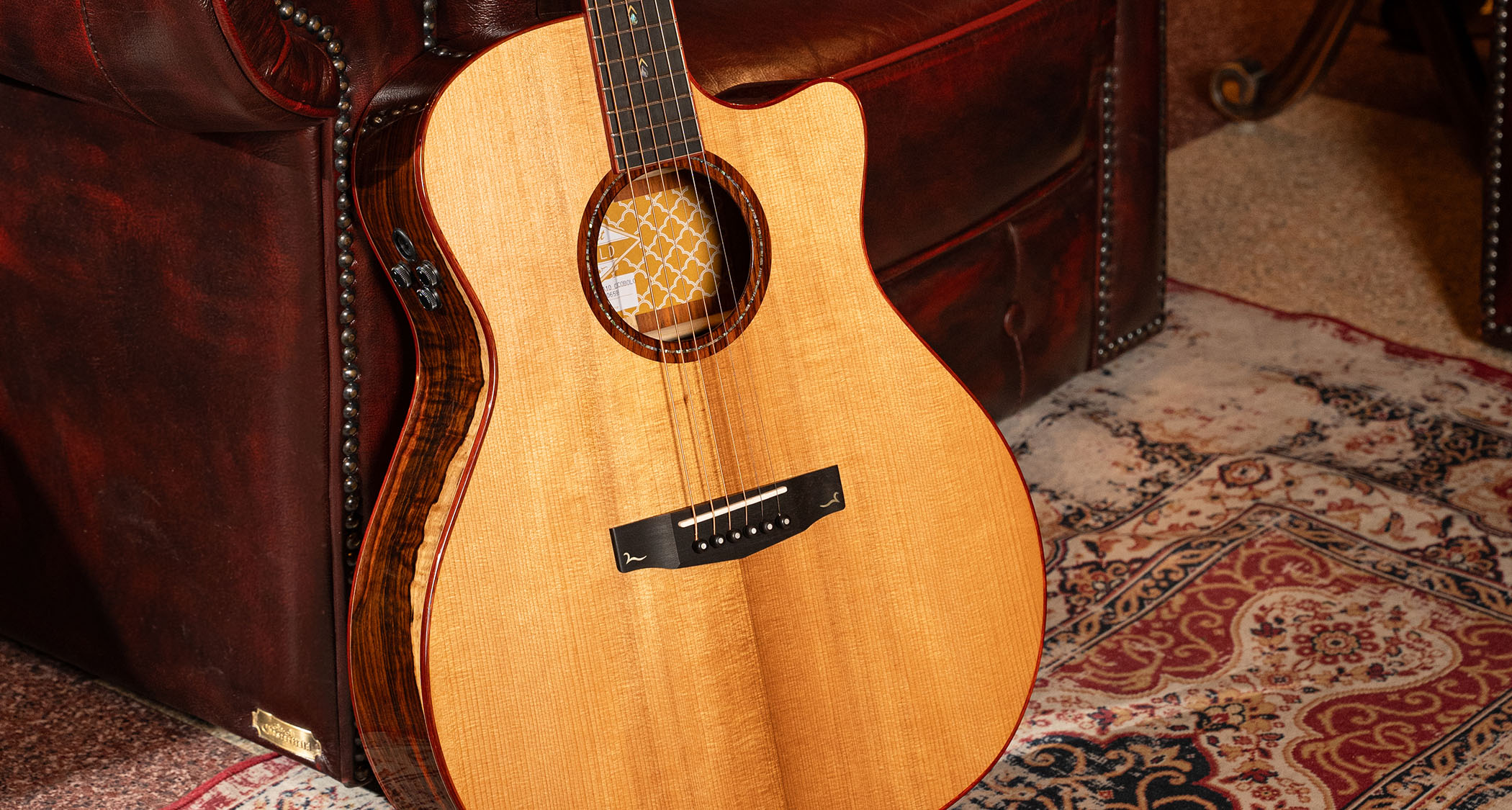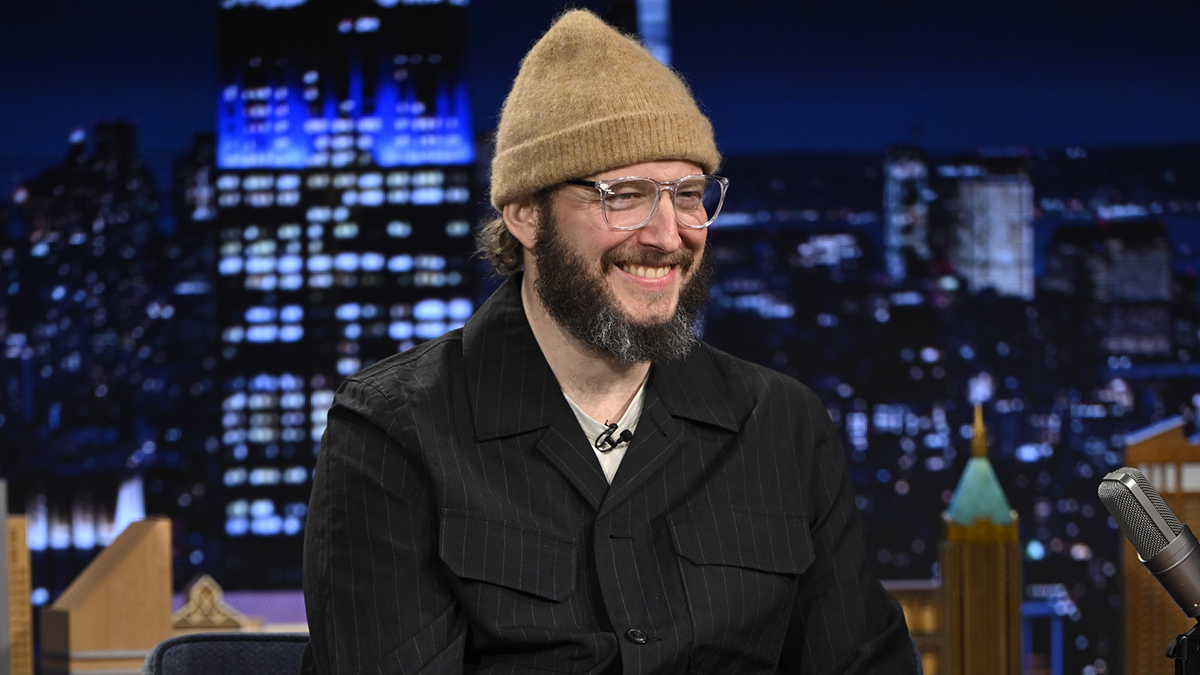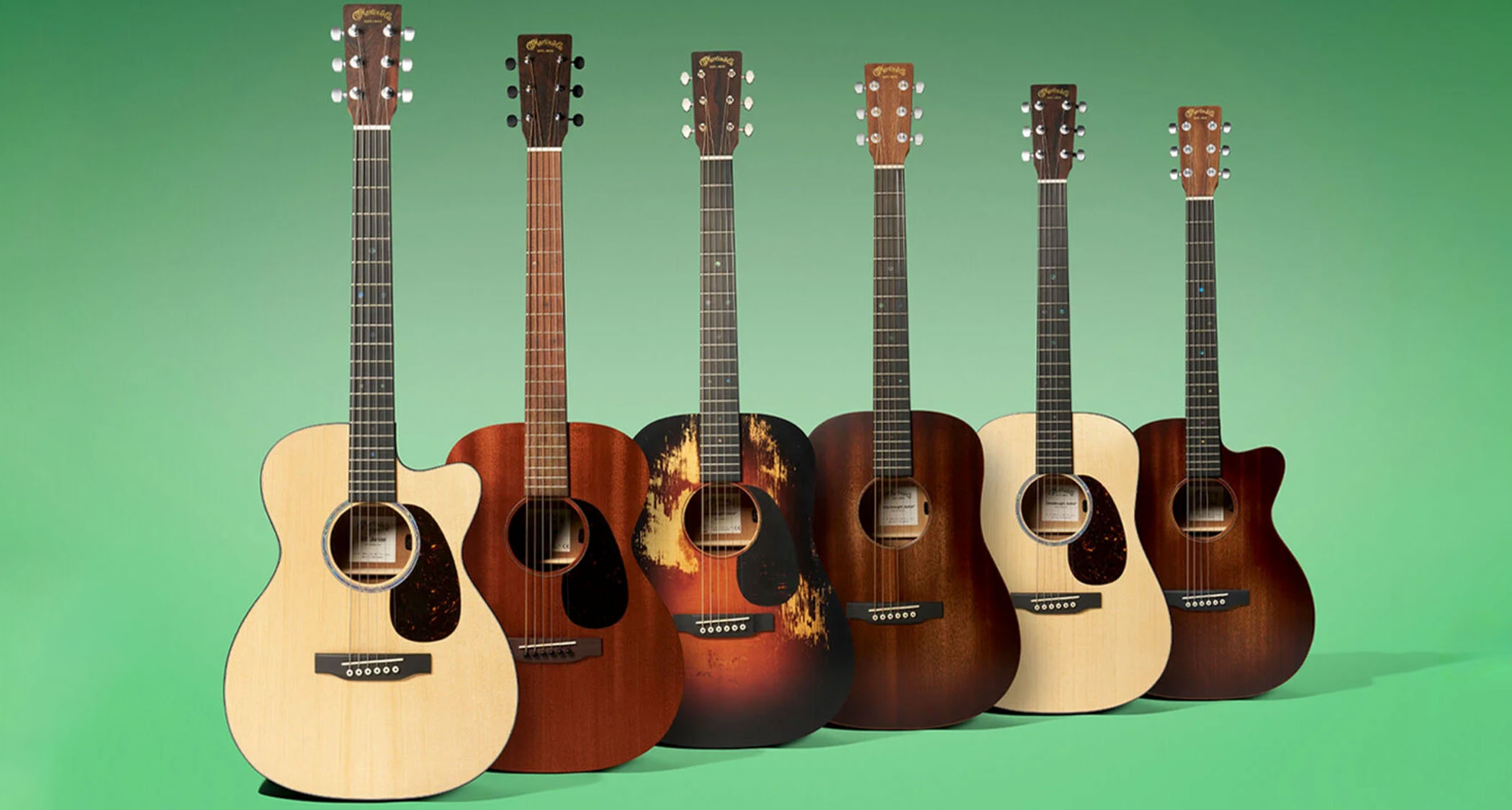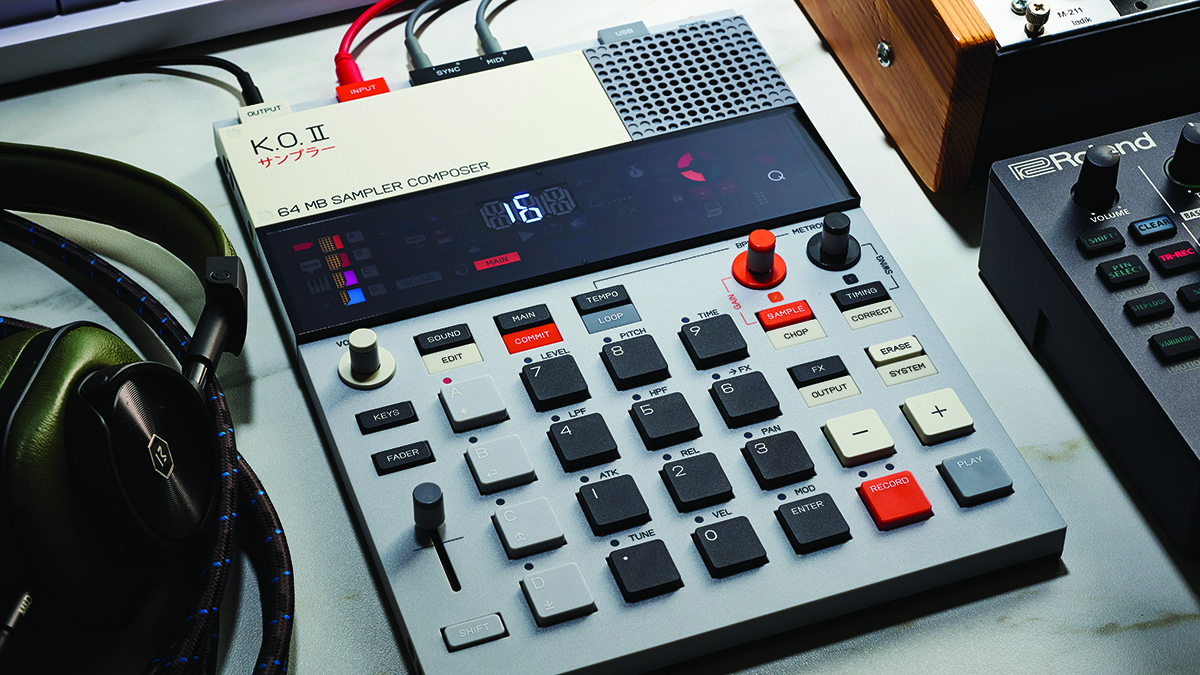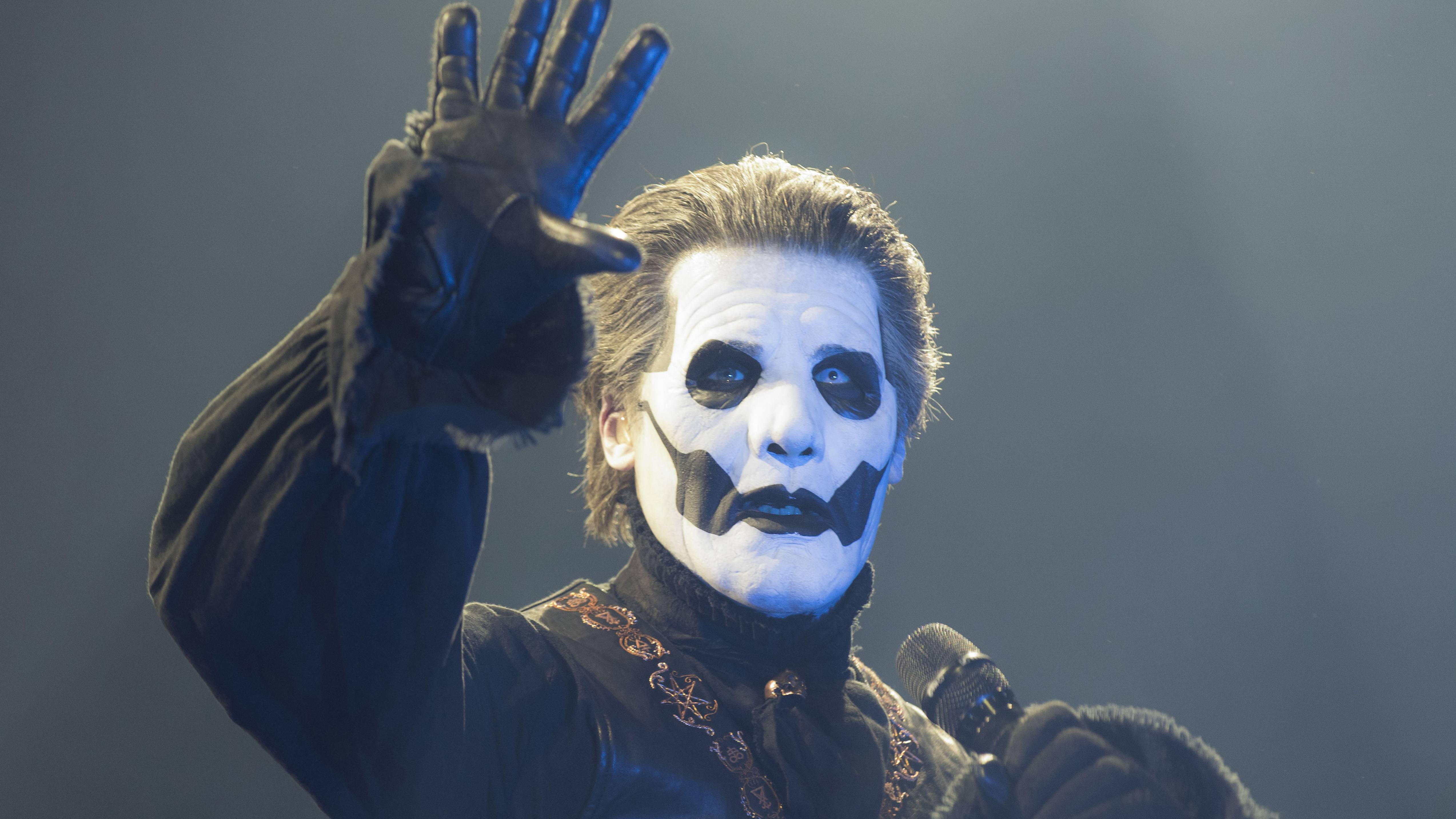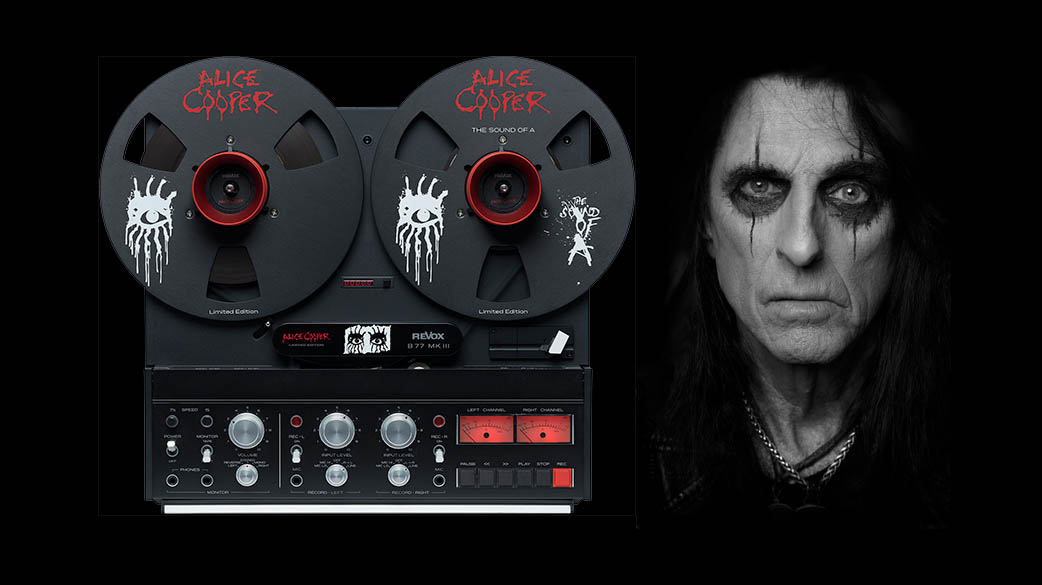ABBA Voyage: How does it work?
Best of 2022: ABBA's reappearance on stage has garnered rave reviews. But how exactly do you convincingly put on a gig from a band that isn't there?
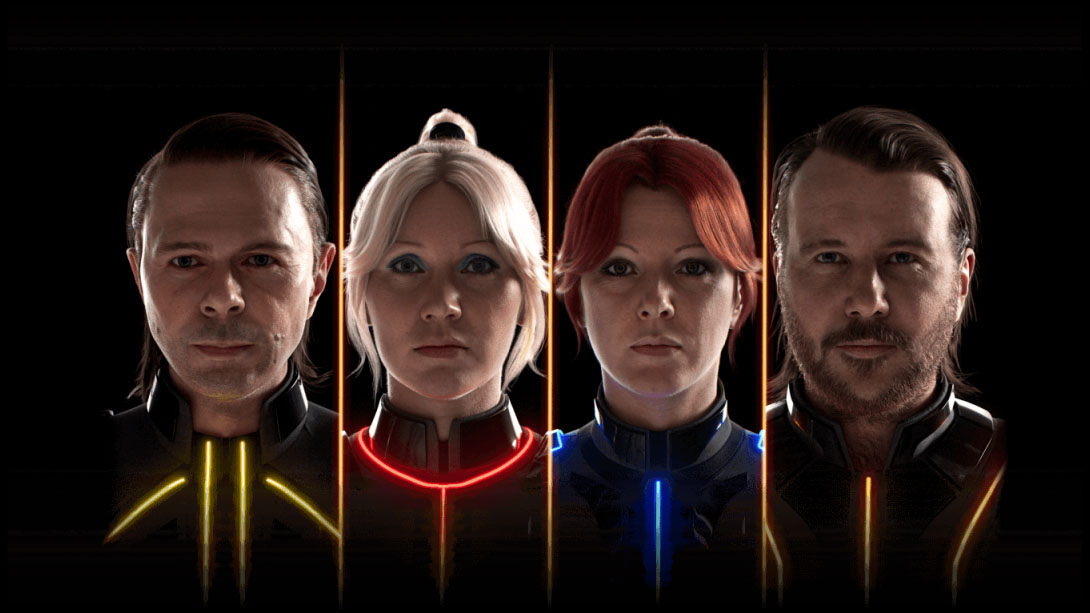
Join us for our traditional look back at the stories and features that hit the spot in 2022
Best of 2022: It’s incredible but true. ABBA's return to ‘live’ performance has been deemed a huge success by early critics and the whole unlikely (and costly, and years in the making) venture looks like it will be a success.
Who knew?
Just to stress at this point, the world of live shows and musical theatre is anything but a sure thing. High-profile productions are fraught with danger and for every smash hit that just ‘runs and runs’ there are many more costly and embarrassing failures.
But ABBA’s team appear to have done the impossible - created a hi-tech ‘virtual show’ that pleases crowds but doesn’t actually feature the band themselves, and which has attracted raves from critics and early audiences alike.
And with ABBA not even in the building during the performance – apart from the debut press performance of course – it’s quite possible that this show could run for years. Decades… centuries even… long after the real artists have left us, setting a precedent for countless ‘virtual’ shows to come from artists both currently living and long since departed.
Does your mother know?
So how did they do it? Well, it’s very clever but at its heart pretty simple.
Get the MusicRadar Newsletter
Want all the hottest music and gear news, reviews, deals, features and more, direct to your inbox? Sign up here.
Yes, there’s all the donning of ‘mocap’ suits to ensure that the virtual band moves like the real thing; yes, there’s all the thousands of hours animating realistic computer graphic ABBAtars etc. However, the real magic of ABBA Voyage is all about bringing it all into your eyes and ears to convince you that this is a real, live gig happening in front of you.
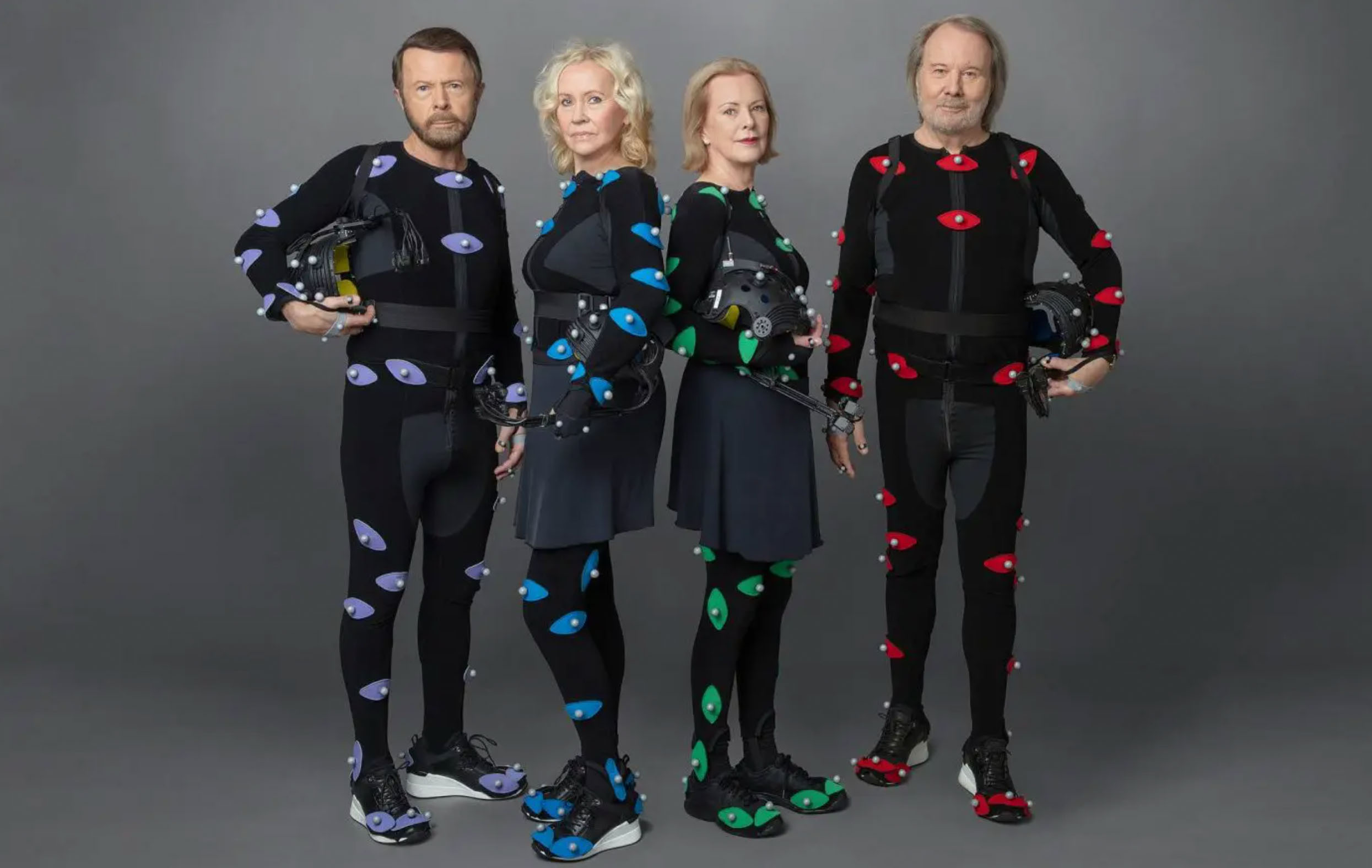
ABBA Voyage’s big ‘trick’ takes advantage of one of the unfortunate traits of today’s big gigs. No, not poor parking and overpriced hot dogs - we're talking about the fact that nobody actually looks at the tiny obscured figure on the stage, but instead spends the gig watching the huge jumbotron screens either side of it.
The smartest bit of the production – ABBA ‘actually on stage’ (which we’ll come to later) – is actually the one thing you’re most likely not looking at.
Thus – just like a real gig – for 90% of the time you're watching a pre-rendered Avatar-quality animated movie on huge screens in front of you. And off to the side. And behind the stage too.
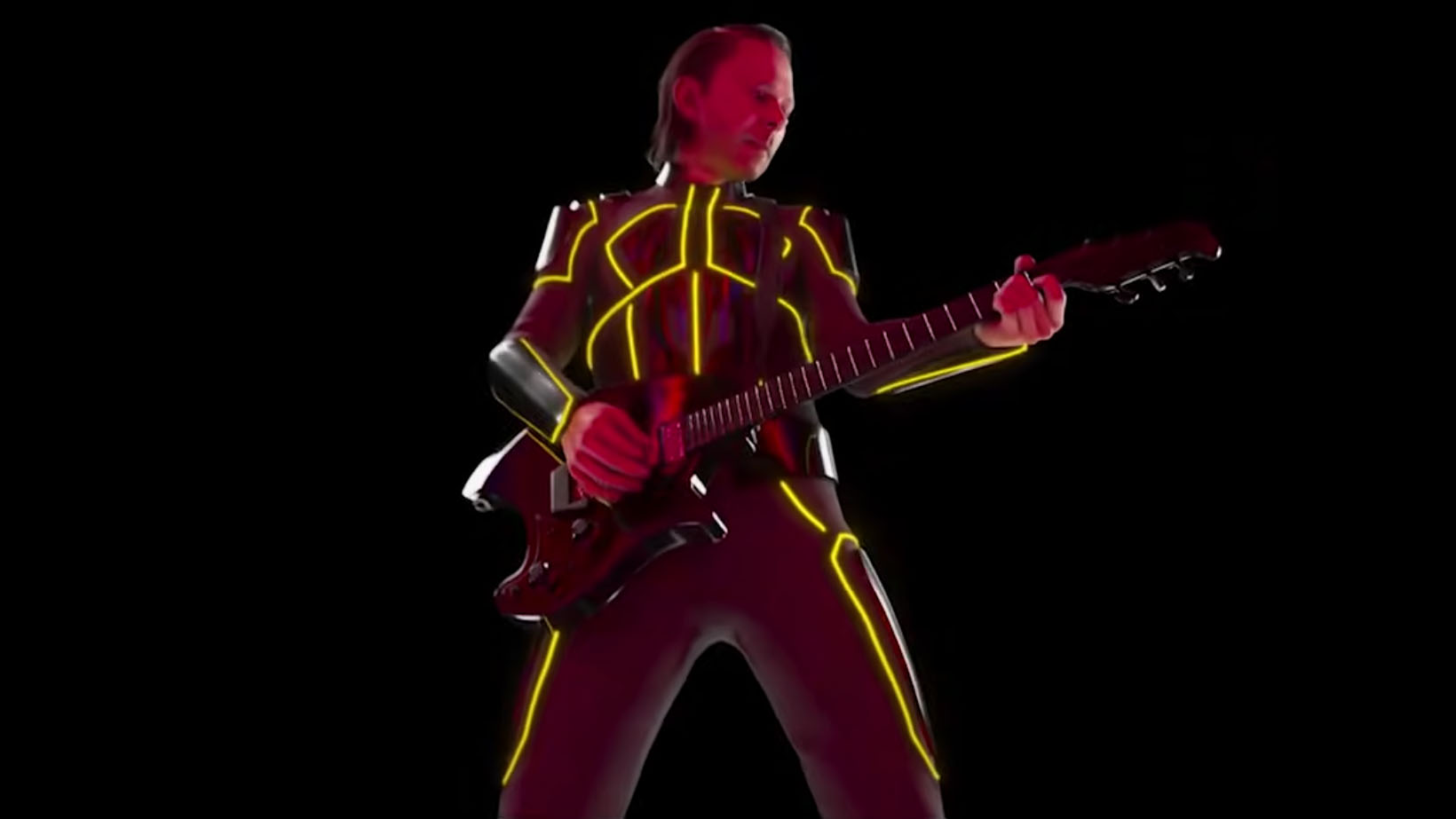
But what of that centre stage?
You might not know it (yet) but most of today’s big productions for movie and TV take advantage of a technique known as virtual production. This next-level movie magic not only looks better than ‘traditional’ green screening but is faster and easier too. And it’s disappointingly simple to pull off: you basically erect a huge LED screen and project a background onto it while your actors act in front of it. Then you film the lot in the same way that they’ve been making movies for a hundred plus years.
No messing about ‘cutting people out’ and placing them in amongst computer graphics... Just pre-render the whole background in Unreal Engine 5 (the go-to option for videogame graphics) and get your guys to act in front of it.
And – bonus – because the results are ‘in camera’ a little bit of movie magic happens. The results look like the actor is really there, with the background (even if the background is being played from a computer). Your brain no longer needs to glue two things together. They’re there. Already. For real.
ABBA’s Voyage takes this tech to the live arena. And, in the controlled environment of a pitch black, locked down arena tailor made for the event itself, it’s a fairly easy trick to pull off. You’re not looking at a stage. You’re looking at hundreds of square feet of LED walls.
I have a dream
The hardest bit is faking the band ‘on stage’ and it’s here that the show’s makers get away with it… but only just.
On the screens to the side of the arena the members of ABBA are in full 3D. Cameras sweep past them. They can turn, pass in front of each other, have fully formed sides, backs, tops and [cough] bottoms. But on stage they are a flat 2D image on a 65-million pixel giant LCD.
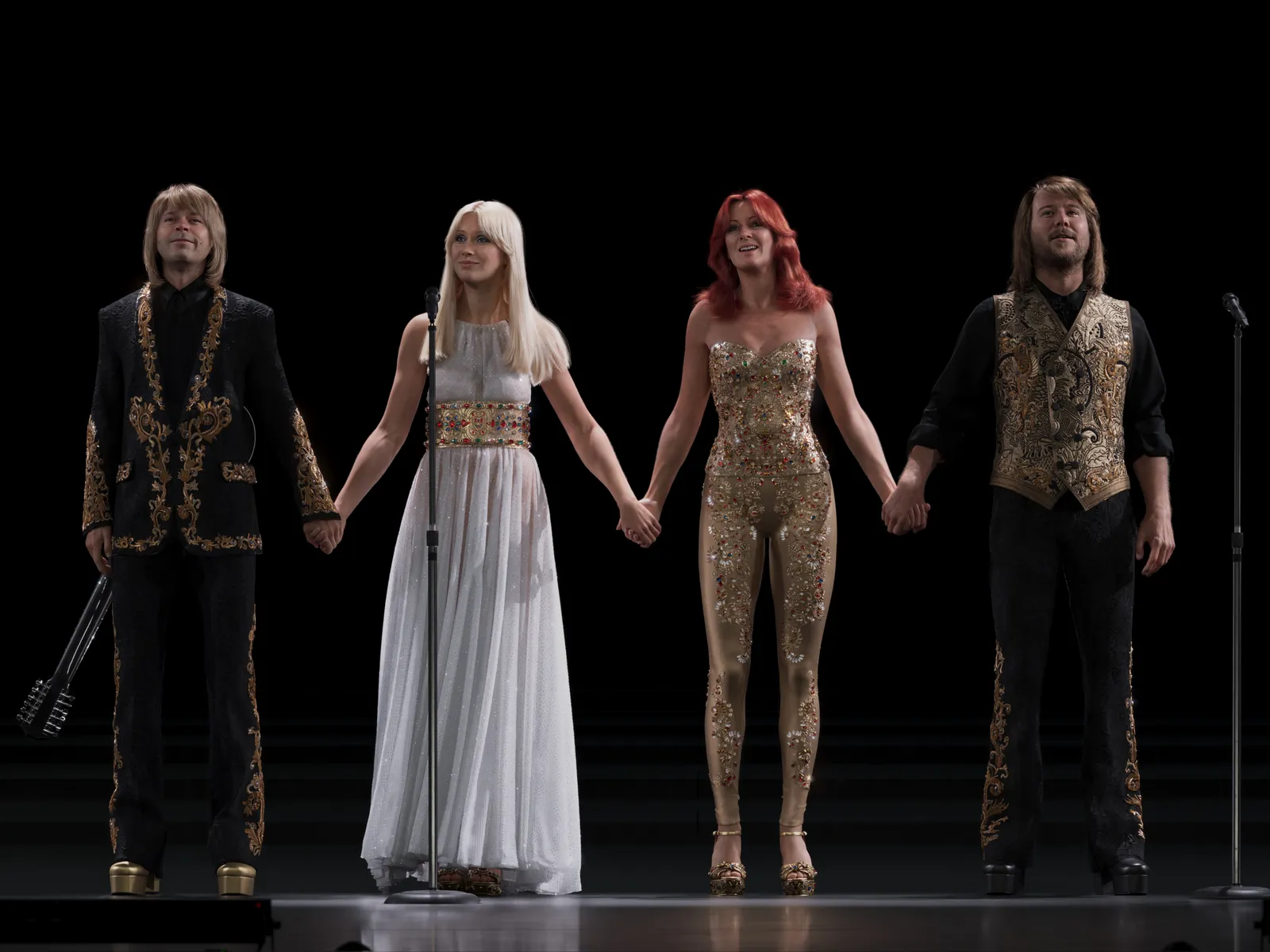
So the stage is wreathed in real spotlights and strobes but the lighting hitting the figures on stage – perfectly in sync with the real world photon bombardment around them – is simply part of the animation that’s being projected there.
It all looks so real, but would prove flat as a pancake if you were to get up close. Be under no illusion. These aren’t even hi-tech holograms (a tech still very much in its infancy and yet to blast off in any kind of convincing form).
But if ABBA aren’t really there, why not simply have a backing track supply the music too? Perhaps this is the most clever bit. The genius use of real live music helps blur the perception even further.
Thank you for the music
ABBA Voyage’s music is delivered by a live band of ten musicians currently deploying the services of ex-Klaxon turned indie popstar James Righton and on keyboards Victoria Hesketh, better known as electro pop’s Little Boots.
We say ‘currently’ as – if this show runs for years to come (and there’s absolutely no technical, spiritual or physical reason for it not to) – like ABBA themselves, they might not fancy banging out Dancing Queen in their 70s.
The band are there on stage, off to one side, for perspective, and being as real and as live as any gig you’ve ever seen and this use of thus wobbly old real, live music – albeit tightly playing to strict backing tracks in lockstep with the graphics and lighting exploding all around the arena – just goes that extra step to blurring the edges of the experience.
It sounds live. It looks live. It’s… live? Yes, it is, really. Really good, real music, being played for real on a real stage with really accurately modelled 3D versions of real people. But from then on in, it’s all smoke, mirrors and giant LEDs.
Daniel Griffiths is a veteran journalist who has worked on some of the biggest entertainment, tech and home brands in the world. He's interviewed countless big names, and covered countless new releases in the fields of music, videogames, movies, tech, gadgets, home improvement, self build, interiors and garden design. He’s the ex-Editor of Future Music and ex-Group Editor-in-Chief of Electronic Musician, Guitarist, Guitar World, Computer Music and more. He renovates property and writes for MusicRadar.com.


